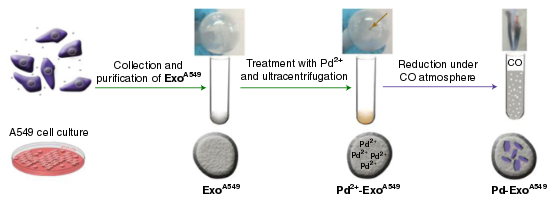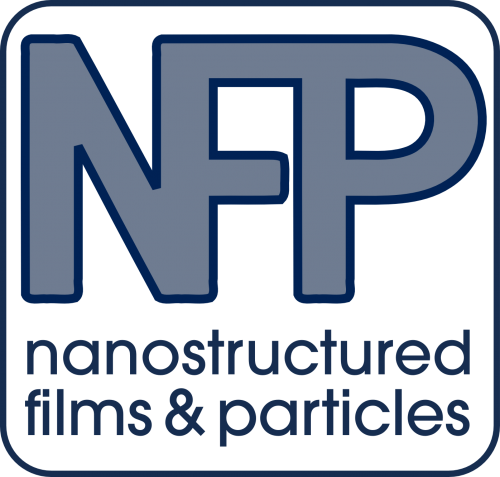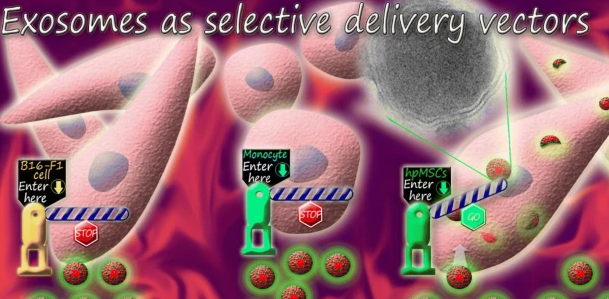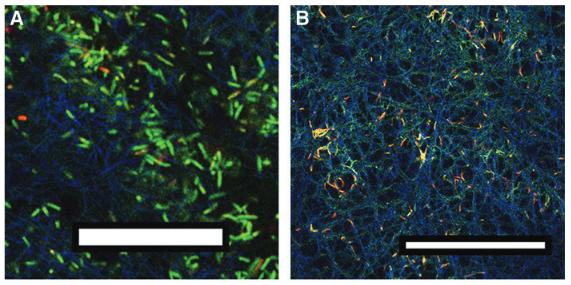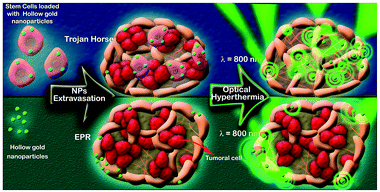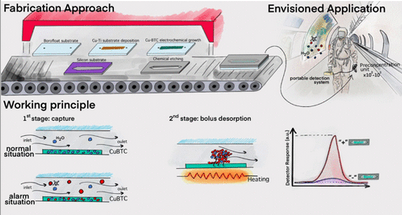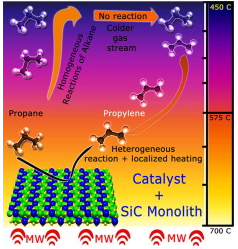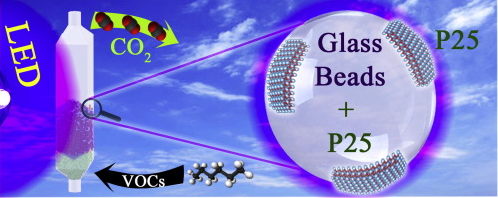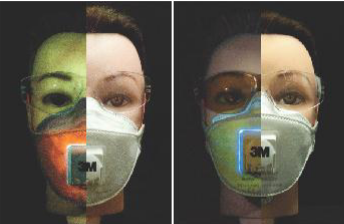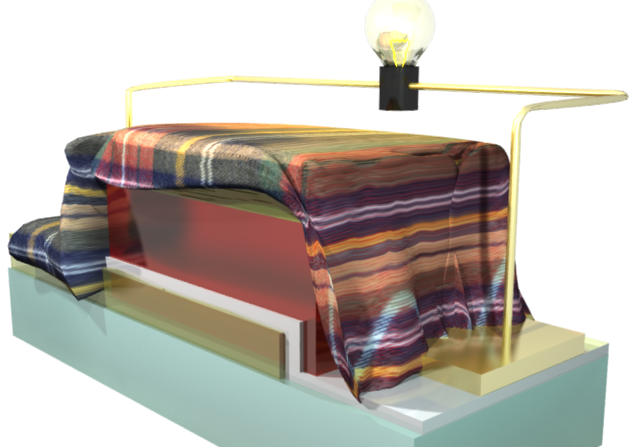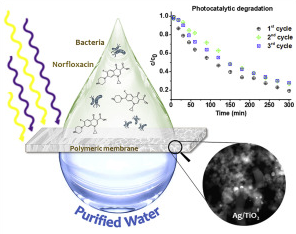The transformational impact of bioorthogonal chemistries has inspired new strategies for the in vivo synthesis of bioactive agents through non-natural means. Among these, Pd catalysts have played a prominent role in the growing subfield of bioorthogonal catalysis by producing xenobiotics and uncaging biomolecules in living systems. Full article here. NFP Research Area: nanomedicine: bio-orthogonal-catalysis-against-cancer
Read More